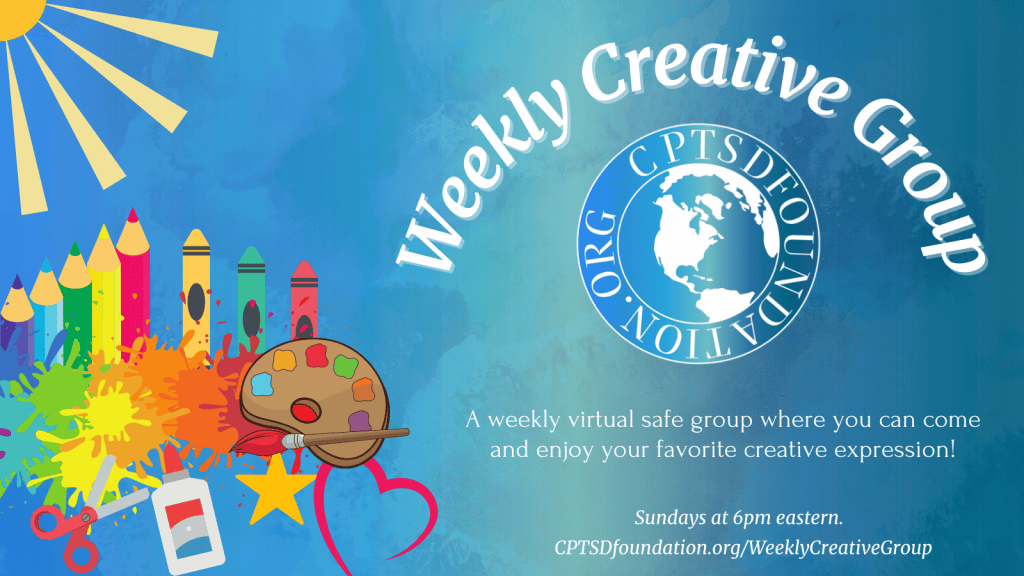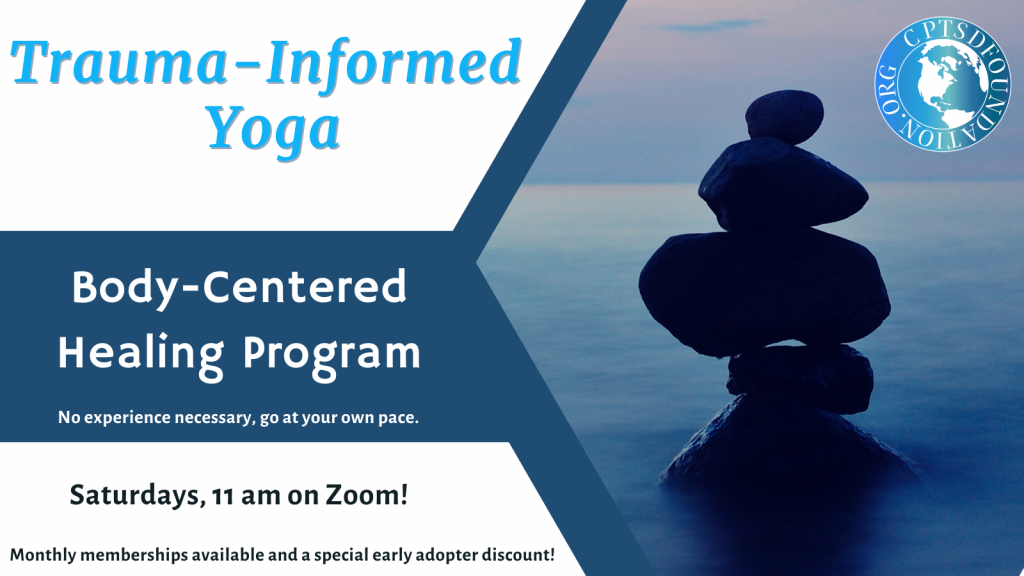If you’ve experienced prolonged and repeated trauma, emotions can be difficult. Identifying emotions can be a challenge. Knowing the difference between the basic emotions—happy, mad, sad, and glad—may take patience to feel and recognize. Yet emotions are one of your greatest assets as a human being, a superpower if you like. And learning about your emotions and the ability to identify them may help you move forward to a more solid platform to self-soothe and encourage yourself to address things like moving out of a job no longer serving you.
A change in jobs is usually an ominous prospect for most of us. Leaving a job and finding another may bring up deep, paralyzing fear. You may be staying well past your expiration date in your current job out of a desire to avoid feeling abandonment and deep survival stress. Living with Complex Post-Traumatic Stress Disorder (CPTSD), this fear can feel magnified, rooted in a nervous system wired to expect danger or loss. But here’s the thing: staying in a job that drains you, triggers you, or stifles your growth can perpetuate the very symptoms you’re trying to heal from. Standing up for a job change isn’t just about career advancement—it’s an act of self-preservation and empowerment.
Most of my job changes were foisted upon me. Being fired was a way to be forced to move on to a position that better served my path. Looking back, those involuntary shifts were harsh but necessary wake-up calls. They broke the inertia that trauma often locks you into—a cycle of clinging to the familiar, even when it’s toxic. CPTSD can make you feel like you’re stuck in survival mode, where the known discomfort of an abusive job feels safer than the unknown of something new. Staying too long can deepen the emotional dysregulation, hypervigilance, and negative self-concept that define these conditions.
The Emotional Toll of Staying Too Long
When you’ve lived through prolonged trauma, your body and mind adapt to endure. A job that demands too much—whether it’s relentless pressure, a lack of support, or a culture that echoes past abuses—can keep your stress response on high alert. Hypervigilance might have you scanning for threats from a demanding boss or critical coworker, while emotional numbing might disconnect you from your needs. Over time, this erodes your sense of self. You might start believing you deserve the stress, that you’re not capable of better—a hallmark of CPTSD’s negative self-view.
Recognizing your emotions becomes a lifeline here. That knot in your stomach when you clock in? Anger. The exhaustion that lingers even after a weekend? Sadness. The fleeting relief when you imagine quitting? A whisper of gladness. These feelings aren’t just noise—they’re signals. Trauma can dull your ability to hear them, but with practice, they can guide you toward what’s no longer working. A job that consistently triggers flashbacks, anxiety, or dissociation isn’t just a bad fit; it’s a barrier to healing.
Why Change Matters
Leaving a job when you have CPTSD isn’t just about escaping discomfort—it’s about reclaiming agency. Trauma often strips away your sense of control, leaving you feeling trapped or powerless. Deciding to leave a job where your soul is not thriving is a bold step toward rewriting that narrative. It’s saying, “I deserve better,” even when your inner critic (fed by years of trauma) insists otherwise. Each step—updating a resume, applying elsewhere, or even just imagining a fresh start—builds resilience and chips away at the hopelessness that trauma can instill.
Forced job changes taught me something critical: the universe (or circumstance) sometimes nudges you when you’re too scared to move yourself. But you don’t have to wait for a firing or a breakdown. Listening to your emotions can help you act before the situation escalates. A job that respects your boundaries, aligns with your strengths, or gives you room to breathe can be a game-changer. It won’t erase CPTSD, but it can reduce the daily triggers that keep your nervous system in overdrive.
Facing the Fear
The fear of change is real, especially with trauma in the mix. Abandonment wounds might scream that leaving a job means losing stability or belonging. Survival stress might warn that you’ll never find anything else. These are valid fears—trauma taught you to expect the worst. But staying stuck can reinforce the very symptoms you’re battling: the isolation, the despair, the physical toll. Standing up for yourself means facing that fear, not because it disappears, but because you’re worth the effort.
Start small. Name your emotions daily—what do you feel about your job? Journal it, talk to a trusted friend, or work with a therapist or expert to untangle the mess. Research roles that feel less like a battlefield. Practice self-soothing—deep breathing, a walk, whatever grounds you—when the anxiety spikes. You don’t have to leap blindly; you can build a bridge to something better, one step at a time.
A New Path Forward
Most of us with CPTSD have spent years surviving. A job change isn’t just about work—it’s about choosing to thrive. It’s about honoring the part of you that’s tired, scared, and still fighting. My forced exits showed me that endings can lead to beginnings I couldn’t have imagined. Now, I see that recognizing my emotions and acting on them is how I take back the power that trauma once stole.
You don’t have to stay past your expiration date. Your emotions, messy and raw as they are, can light the way. A job supporting your healing isn’t a luxury—it’s a necessity. Stand up for it.
About the Author
Susan Gold is a renowned author and transformationalist guiding individuals toward self-discovery and empowerment. She specializes in helping people break free from limiting systems, enabling them to uncover their innate abilities and embrace a life driven by inner authenticity.
Through her YouTube channel, “Inspiration for Transformation,” Susan shares valuable insights and practical wisdom. Her series, Gold Conversations, features real-life stories of individuals who have transcended unfulfilling systems to create meaningful, purpose-driven lives. One standout episode that reflects this article features her conversation with Jessica Conway, who reshaped her career to align with her ideal lifestyle—a compelling discussion you can watch here.
Photo Credit: Unsplash, Elsa Tonkinwise
Guest Post Disclaimer: Any and all information shared in this guest blog post is intended for educational and informational purposes only. Nothing in this blog post, nor any content on CPTSDfoundation.org, is a supplement for or supersedes the relationship and direction of your medical or mental health providers. Thoughts, ideas, or opinions expressed by the writer of this guest blog post do not necessarily reflect those of CPTSD Foundation. For more information, see our Privacy Policy and Full Disclaimer.

Contributor Susan Gold is an author and transformationalist. After growing up in a toxic family system, she now helps others through similar trauma, leading with heart and love. Her YouTube video posts are at: https://www.youtube.com/@susangoldismagical




